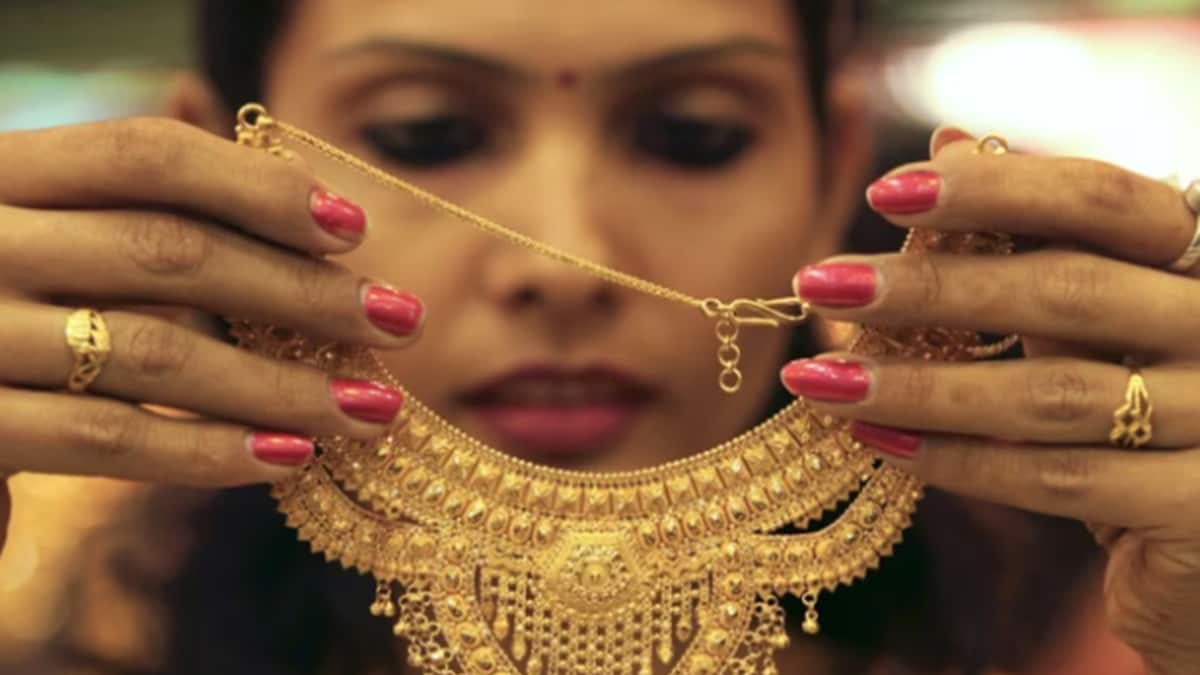As India approaches its vibrant festive season, attention is intensifying on precious metals, particularly gold and silver. These metals have long been intertwined with Indian culture and tradition, especially during important festivals such as Diwali, Dhanteras, and Navratri. Buying gold and silver during these times is not simply a financial transaction; it embodies deeply held beliefs of prosperity and auspiciousness. Historically, demand for these metals increases as families invest in gold jewelry, coins, and silver artifacts, often leading to notable price fluctuations.
This year, however, the dynamics of the precious metals market are influenced by a complex interplay of global and domestic factors. Rising inflation rates, geopolitical tensions, interest rate fluctuations and changing consumer behavior all contribute to an unpredictable outlook. Veer Mishra, Founder of PLUS GOLD, discusses the factors affecting gold and silver prices this festive season. It is essential to consider both historical trends and current market conditions to assess whether these precious metals will shine brightly or face challenges.
Historical trends and current market dynamics
The tradition of buying gold and silver during the festive season is deeply rooted in Indian culture. Over the past decade, gold prices have tended to rise during the festive season, with notable spikes during important holidays. For instance, in 2023, prices rose to Rs 61,000 for 10 grams of 24-carat gold during Diwali, reflecting strong consumer sentiment.
The global economic landscape is currently characterised by high inflation, geopolitical tensions and fluctuating interest rates. Gold prices have recently hit record highs, exceeding $2,300 per ounce, driven by expectations of possible interest rate cuts by the US Federal Reserve. In India, the economy has shown resilience, with GDP growth remaining robust, but the valuation of the rupee against the dollar plays a crucial role in determining domestic gold prices. A depreciation of the rupee could lead to a rise in gold prices in India even if international prices stabilise.
Demand, supply and investment trends
Consumer demand for precious metals during the holidays is expected to remain strong, driven by pent-up demand from the post-pandemic period and the cultural significance of gold purchases. However, elevated prices may temper some enthusiasm, particularly among price-sensitive consumers.
India relies heavily on imports to meet its gold needs, and any changes in import tariffs or international supply restrictions could impact availability and prices. The recycled gold market, which has gained importance in recent years, could help meet some of the demand. As of August 2024, silver prices in India are around Rs 90,000 per kilogram, also reflecting a growing interest in the metal.
Gold continues to be considered a safe haven asset, especially amid economic uncertainty. This perception has been reinforced by recent global events and volatility. Silver, often considered a more volatile investment, is also attracting investor attention. Market analysts are cautiously optimistic about the precious metals market during this festive season, with predictions indicating that gold prices could reach ₹70,000 per 10 grams, while silver may see strong demand during the gifting season around Diwali.
Government policies and technological influences
A significant development in government policy has been the reduction of import duties on gold and silver from 15% to 6% in the Union Budget 2024. This substantial cut is expected to have a major impact on the precious metals market in India. The reduction in duties is likely to make gold and silver more affordable for consumers, which could boost demand during the festive season. It may also help curb gold smuggling, which had become a problem due to the earlier high import duties.
In addition to this tax cut, other government initiatives and technological advancements are shaping the precious metals market. Digital gold and sovereign gold bonds continue to offer alternatives to physical gold purchases, which is attractive to tech-savvy investors. The rise of e-commerce platforms has transformed the way consumers buy gold and silver, with innovative options such as gold gift cards and monthly installment-based purchases making precious metals more accessible.
Market risks and future prospects
Despite the positive outlook, the precious metals market faces potential risks. Price volatility remains a concern, and global economic uncertainties may cause sudden fluctuations. In addition, competition from other investment options, such as stocks or cryptocurrencies, could influence consumer preferences for precious metals.
Based on current trends and expert opinions, precious metal prices are likely to maintain their upward trajectory during the festive season. Gold is expected to remain bullish, with potential prices in the range of ₹68,000-69,070 per 10 grams in the Indian market. Silver prices are also anticipated to show moderate bullish trends, with resistance levels around ₹77,300-78,000 per kilogram.
For consumers and investors considering purchasing precious metals during the festive period, it is advisable to stay informed about market trends and global economic indicators. While the cultural significance and traditional appeal of gold and silver remain strong, buyers should also consider their overall investment strategy and risk tolerance.











